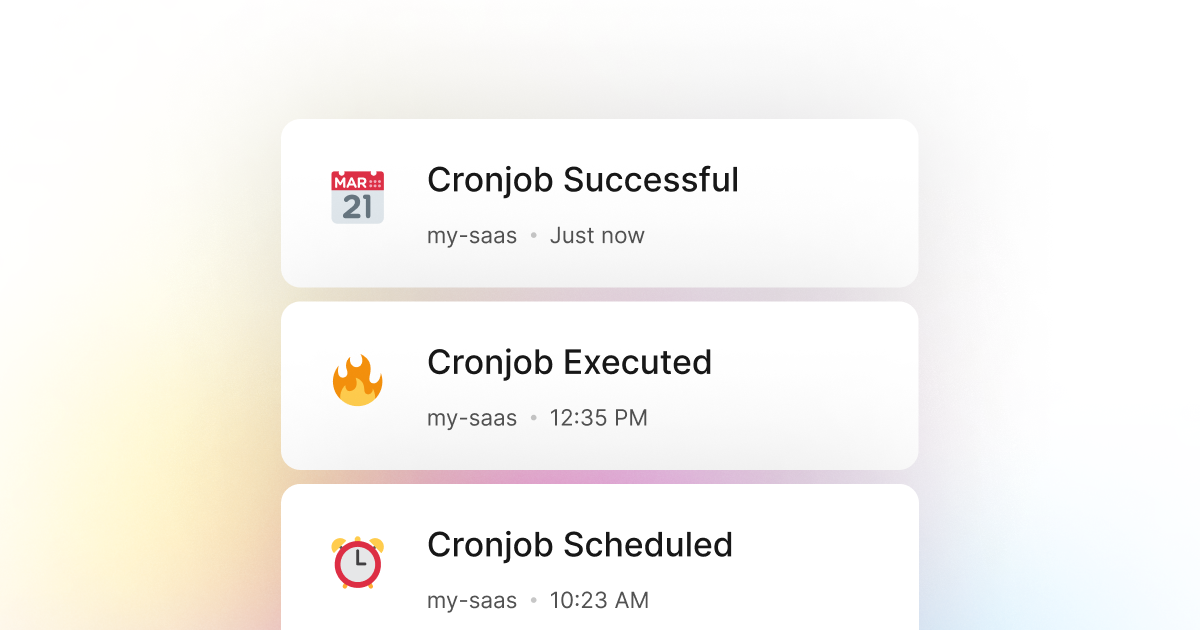When setting up cron jobs in cURL, it is usually crucial to keep track of their execution and whether they have been executed successfully or not. Sometimes, a minor failure in a cronjob can cause your cURL application to stop working correctly. LogSnag makes it easy to track your cron jobs and their execution status all in real-time, and it works seamlessly with your cURL code.
Setting up your account
Setting up LogSnag with cURL is very simple!
- Create a free LogSnag account.
- Create a new project on your dashboard.
- Copy your API token from the settings page.
cURL code snippets
Once your LogSnag account is set up, you can use the following code snippets to track your cron jobs. Just replace the YOUR_API_TOKEN with your LogSnag API token and update your project name.
Using cURL with cURL
cURL integration details
LogSnag is an easy-to-use event tracking tool that allows you to track any event within your cURL application. One of the most common use cases for LogSnag is tracking cron jobs as they are being executed. With LogSnag, you can receive real-time push notifications on your desktop and mobile devices whenever a new cronjob is executed. In addition, you can create simple charts and filter through your data to help you better understand how your cURL application is performing.
Other use-cases for LogSnag
- Monitor your CI/CD build status for your cURL application
- Monitor your CPU usage in your cURL application
- Monitor when database goes down in your cURL application
- Monitor high disk usage in your cURL application
- Monitor when a user changes their email address in your cURL application
- Monitor failed logins in your cURL application
- Monitor failed payments for your cURL application
- Monitor memory usage in your cURL application
- Monitor MySQL downtime in your cURL application
- Monitor when a new feature is used in your cURL application
- Monitor your Postgres downtime in your cURL application
- Monitor Redis downtime in your cURL application
- Monitor suspicious activity in your cURL application
- Monitor when a user exceeds the usage limit for your cURL service
- Monitor when a user is being rate limited in your cURL application
- Get a notification when your cURL code is done executing
- Send push notifications to your phone or desktop using cURL
- Track canceled subscriptions in your cURL application
- Track when a file is uploaded to your cURL application
- Track when a form is submitted to your cURL application
- Track payment events via cURL
- Track user sign in events in cURL
- Track user signup events via cURL
- Track waitlist signup events via cURL

